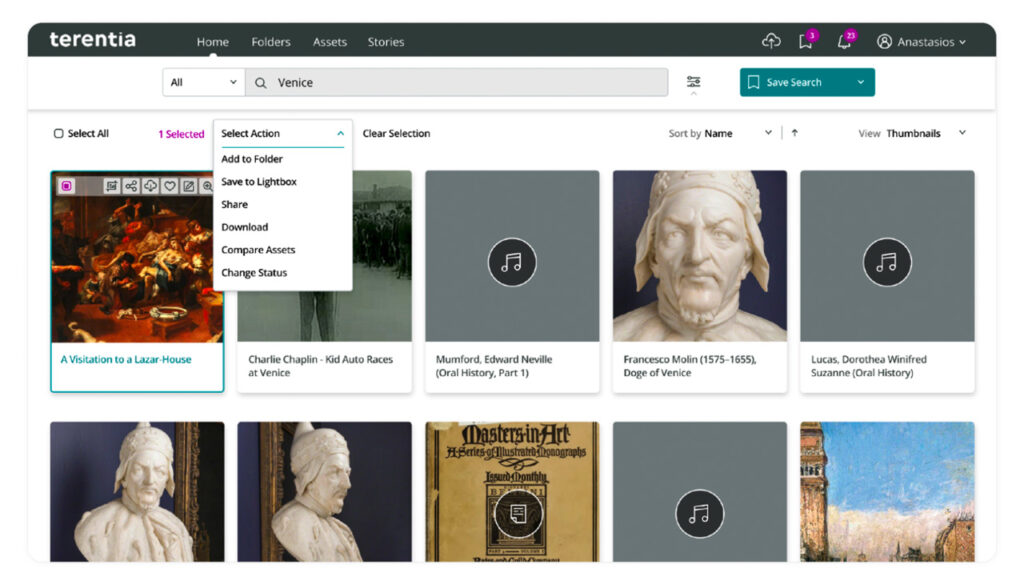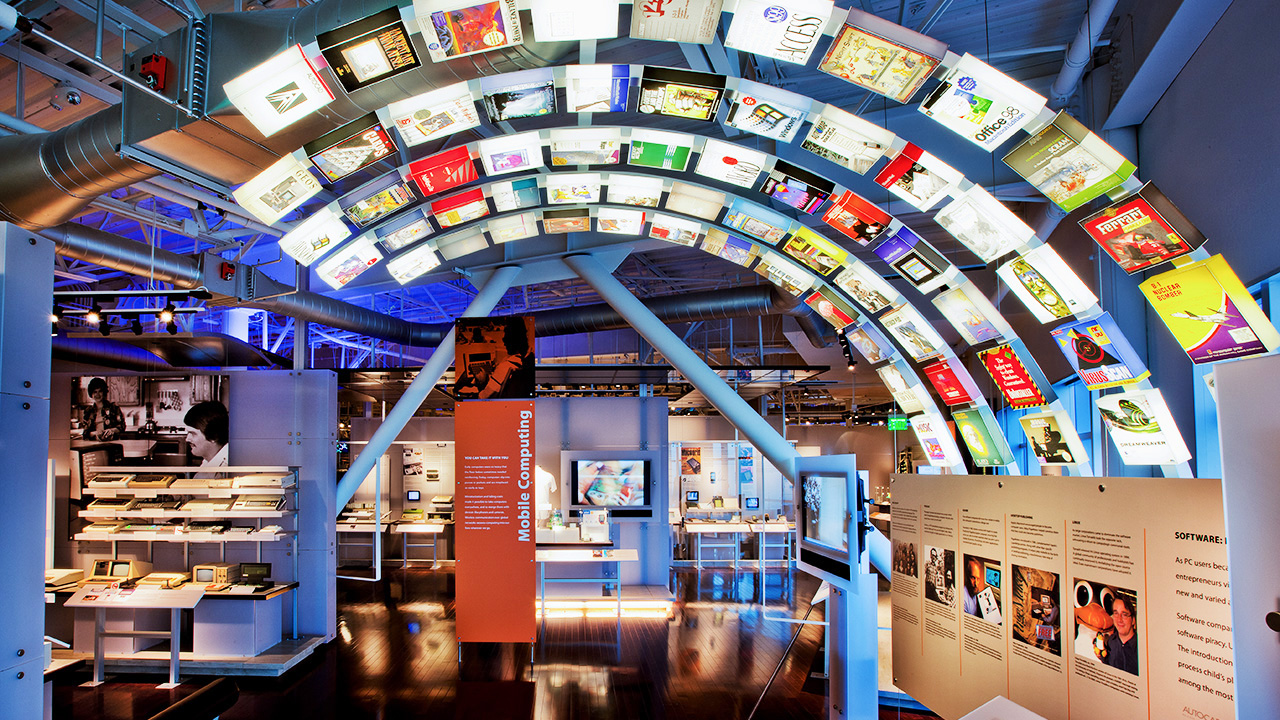As cultural organizations reopen and reemerge onto a newly digital landscape, Jing Culture & Commerce is featuring insights from Catherine Devine, Business Strategy Leader of Libraries & Museums at Microsoft. In her monthly guest series, she shares how institutions can best enhance their infrastructure and programming to meet the digital moment. Read more of her columns here.
When many think of Microsoft, they think of this giant technology conglomerate employing thousands of people and a brand that reaches across the globe. And they think of Microsoft Office.
That’s partially true. Microsoft means a lot of different things to different people. But what’s at Microsoft’s core today is sometimes harder to grasp. We’re a platform company that wants the best-of-breed, specific industry solutions to be built on our platform. We can’t do it all — there are many more people and organizations in the world to meet the needs of.
Our technology supports our partners and our partners support groups. We look for clever and brilliant solutions and how these partners can solve big problems. To illustrate this point, I need look no further than Microsoft partner Terentia. Terentia saw a digital infrastructure need for museums and other cultural institutions to empower these organizations to undergo a digital transformation to stay relevant, and keep educating and entertaining audiences.

The Universal Hip Hop Museum has partnered with Terentia to create an enhanced store of objects and metadata that could be used for the museum’s digital programming. Image: S9 Architects
It’s best coming directly from Terentia’s Founder and CEO, Neal Bilow: “I come from the media and entertainment industry and with more than 20 years of experience in the digital asset management industry. As I got further into my career and was having more conversations with really talented people in the museum and larger cultural sector, I started to see that this particular industry was suffering from the same gaps that media and entertainment had been about a decade earlier.”
He wanted to take what he knew worked well in those industries and do what he could for a sector that he believes is important for access to education and discovery. He then set out to assemble a team that combines expertise across technology, digital strategy, and, of course, museums, cultural heritage and edu-tourism. He made his platform solutions a reality with products that include Digital Asset Management, Collections Management, and Storytelling.

Terentia’s digital asset management interface. Image: Terentia
But Neal and his team did this not just by utilizing their own collective expertise, but by collaborating with museum and cultural clients. The Terentia team always stressed the importance of community within the industry and this comes shining through in the way they collaborate with those who choose their platform.
Microsoft wants to take Fortune 500 technology like Terentia’s and make it available to businesses of all sizes. Through a partnership with the company, museums are able to access cutting edge technology without having to build it on their own. Since technology is expensive to both build and maintain, you might otherwise have to live without, which limits your ability to deliver on your mission. In today’s digital world, that doesn’t have to happen and it is why Microsoft seeks out these partnerships.
An example of this is how both Microsoft and Terentia work with the Computer History Museum to execute a powerful technology framework with Terentia as the cornerstone, leveraging Microsoft Azure cloud services.
I’ve chosen Terentia to illustrate this point because it is not just creating something for the museum, library, and larger cultural industry, but collaborating to create the right products that can scale and evolve as the institution does. Unlike your typical vendor, they’ve taken the time to understand what museums need and how best to collaborate with them. They’re working to make a bigger impact in the industry — one that has a ripple effect in getting museums the technology they need. Terentia aligns with Microsoft’s larger mission of empowering every person and every organization on the planet to achieve more.



